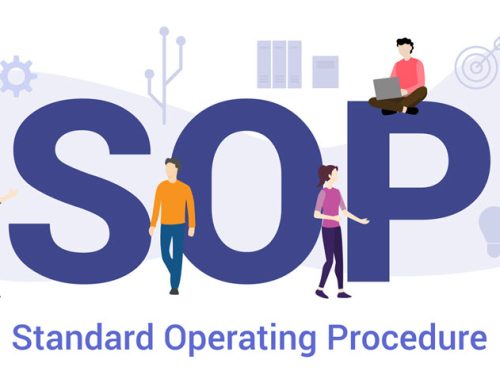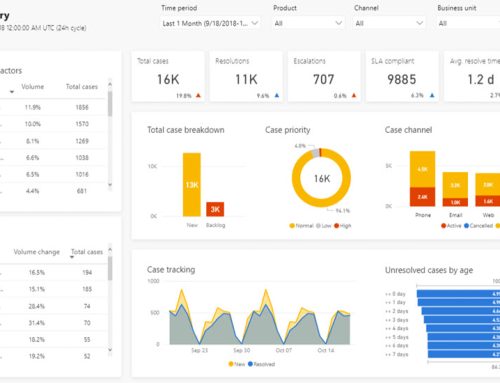Every organization can experience unexpected problems in its processes. But the fact is that these problems can just be a sign of deeper issues. It can be an appropriate solution to quickly fix the problem; still, it doesn’t keep us safe from repetitive mistakes as initial containment actions or temporary fixes does not solve the actual root cause. Due to this reason our team needs to address its root-cause so these problems can be tackled in a suitable way. The 5 whys analysis for problem solving is part of the Toyota Production System which was developed by a Japanese inventor and industrialist Sakichi Toyoda. This method turned out to be an essential component of the Lean philosophy.
5 Whys Analysis
The technique is quite simple, when an organization experiences a problem, it starts digging to find its root-cause by means of five times asking “Why?”. Once, a preventive measure becomes obvious, we implement it so that recurring issue can be prevented in future. It must be kept in mind that the basic objective of the 5 whys is not to put blame on anyone, but to find out the basic root cause of why an unpredicted problem occurs. Moreover, it facilitates a team in forming small, incremental stages in order to ensure that the same problem doesn’t reappear.5 whys analysis can be used for improving quality, troubleshooting, and problem-solving, however it proves to be most effective when used to solve simple or difficult issues at moderate level.
Steps of the Analysis
The first step in using 5 whys analysis for problem solving is to assemble a team of people who are familiar with the essential facts of the problem as well as the process that needs to be fixed. In this regard, a person must be selected to play the role of a facilitator, who has got the potential to keep the main focus of the team on finding effective preventive measures.
The second step is to define the problem in a clear manner. If an obvious problem is observed, then it should be discussed with the team. A brief and unambiguous problem statement must be written on which all people come to an agreement. After that, the statement must be written on a sticky note or whiteboard, with having sufficient space around it so that the answers can be added.
Now, this lead towards our third step where we have to ask “Why” five times. At this point we have to explore five levels deep as a minimum into our identified problem along with five stages of “whys.” This step appears to be quite simple; on the other hand, it can become a little challenging in reality. The key element at this stage is to begin with the right question and decide what is going to be our first why. When all 5 whys have been asked, it is beneficial to address the issue in every potential way. By doing this we can expand the extent of scope about learning and counter measures that need to take place. The 5 why analysis for problem solving is intended to be a lean process in which we should choose one path that gives us the opportunity of only carrying out the amount of necessary counter measures for a problem. Usually we have to remind ourselves that only one route must be selected and if the same problem appears to repeat itself, then one of the other paths can be picked.
When the root cause(s) has been detected then we have to take corrective measures which become our last step. Every member is supposed to give their input in a discussion for finding and implementing the most ideal solution that protects our process from repetitive problems. Once a decision has been made, a specific person from the team members should be assigned with the responsibility of implementing the corrective actions and monitoring the entire process. The team should get back together after an agreed amount of time in order to check the actual impact of their applied measures. If the team does not observe a positive effect of the counter measures, then the process must be performed again. At last, the whole case should be sent across the organization when it gets properly documented.






